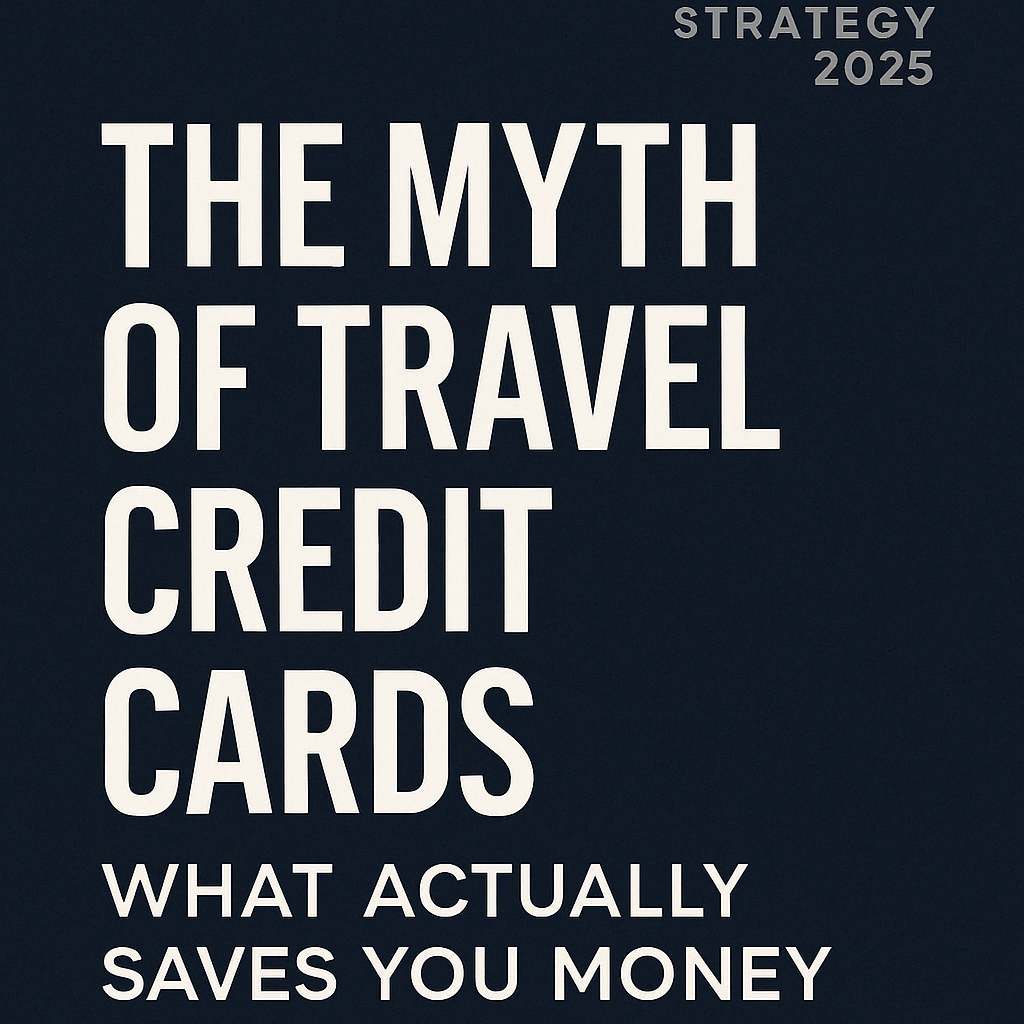A brutally honest guide for travelers chasing points, perks, and real savings.
Travel credit cards are everywhere — flashy commercials, YouTube ads, influencers flaunting luxury lounges and five-star upgrades. The narrative is strong: “Get this travel card and your international life will change.”
But here’s the truth: Most travel credit cards don’t save you money. They encourage spending, charge hidden fees, and trap you in point systems that benefit banks more than you.
Let’s break it down and find out what really works in 2025.
1. The Travel Card Trap: Luxury over Logic
Yes, travel cards offer perks — airport lounge access, hotel upgrades, airline miles — but they often come with:
- Annual fees up to $695 (yes, looking at you, Amex Platinum)
- Foreign transaction fees (yes, some still have them!)
- High interest rates if you don’t pay in full
- Point systems that devalue over time or restrict redemptions
In reality, unless you’re traveling constantly and spending thousands monthly, you’re paying more than you’re saving.
2. Points vs. Cash: What’s More Valuable?
Let’s do a quick test: Would you rather get:
- 2x points for dining abroad (worth maybe 1 cent per point), or
- A 1.5% unlimited cash back with no foreign fees?
When used smartly, cash-back cards often give more flexible and real-world value than airline points or hotel credits.
Also, don’t forget:
- Many travel points expire.
- Redemption windows are limited.
- Blackout dates and partner restrictions can ruin plans.
3. The Real Cost of Earning Miles
Earning points sounds great until you realize you’re:
- Booking more expensive flights just to stick with one airline.
- Using specific hotel chains instead of better deals elsewhere.
- Spending more than necessary to hit sign-up bonus thresholds.
This isn’t saving. It’s being trained to spend more — in return for… what?
A “free” flight that cost you $4,000 in spending?
4. What Actually Saves You Money in 2025
Here’s what smart travelers are using now:
- No-annual-fee credit cards with real cash rewards
→ e.g., Citi Double Cash, Fidelity Rewards - Fintech tools like Wise, Revolut
→ Offer real exchange rates, low fees, and global usability - Local bank accounts abroad (multi-currency accounts)
→ Avoid double conversions, withdrawal fees, and waiting - Smart budgeting apps
→ Know where your money leaks while abroad
And most of all: Using fewer cards, more intentionally.
5. Red Flags to Avoid
Avoid cards that:
- Lock you into partner programs (e.g., airline-only redemptions)
- Require high minimum spends ($4,000+ in 3 months)
- Offer “exclusive perks” you’ll never use (think golf memberships)
- Have complicated tier systems or rotating bonus categories
Final Truth: Travel Cards Are Not Evil — They’re Just Oversold
Travel credit cards can have value — but only if you use them like a tool, not a lifestyle.
In 2025, being strategic, fee-free, and globally smart beats having a metal card and a lounge selfie.
Rule #4: If your card is making you spend more just to “earn,” it’s not saving you — it’s selling you.
